2025 Blues Music Awards
We’re fired up to celebrate our incredible artist partners who are nominated for the 2025 Blues Music Awards! 🎶🏆Blues music may be timeless, but...
2 min read
George Howard : October 21, 2014
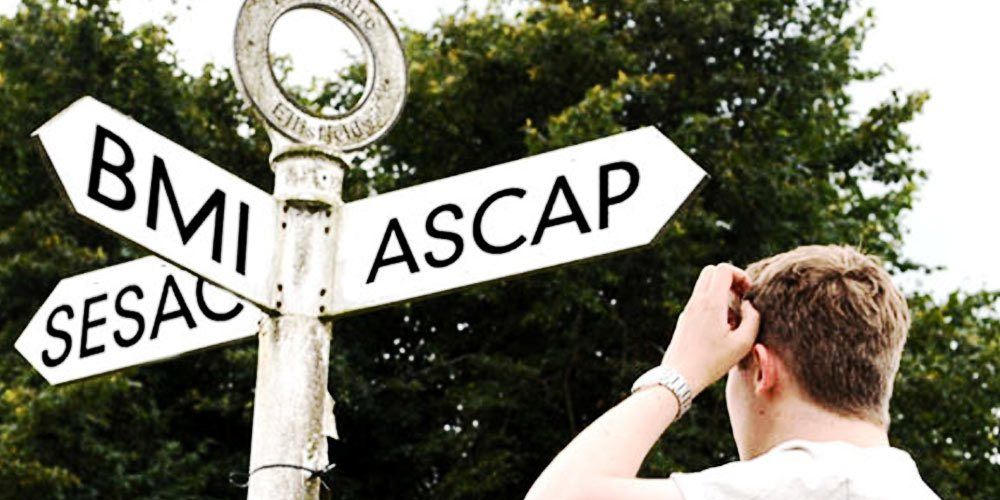
I’m digging the article from the INgrooves newsletter that was re-blogged by the always great Hypebot (and linked to below). There are some good strategies, and I admire anyone with the fortitude to step into the breach of complexity that is “Neighboring Rights.” My concern, having stepped into this breach a number of times myself, is that without sufficient understanding of some fundamental issues, artists won’t be able to benefit as much as they might from this type of very good information.
To that end, I’m going to periodically use this space to offer some basic guidance on things that my experience in the music business has made me conclude are essential for artists to understand.
Beginning at the beginning, therefore, I want to address the most essential element of the music business: copyright. Essentially, copyrights are the artists’ assets, and, often their greatest revenue drivers.
To be clear, in the music business there are two dominant copyrights. The first is the copyright to the song itself – referred to as the composition – this is denoted by the © symbol. This copyright is typically owned by the songwriter and/or the songwriter’s publisher. The other copyright is the copyright to the recording of the compositions – referred to the sound recording – this is denoted by the ℗ symbol. This copyright is typically held by the label. If the artist is unsigned, the artist would be the holder of this copyright.
In order to gain copyright, the artist must create an original work of authorship and fix it in a tangible form (that is, write it down or record it). So long as the work the author writes down or records is original (that is, doesn’t include someone else’s copyright – like a sample – or isn’t too substantially similar to another’s work), the author immediately becomes the owner of the copyright (I’ll discuss the concept of joint works in future dispatches). You don’t need to register the work (though you should – registration allows you to, among other things, bring suit, collect statutory damages, and legal fees), and you don’t need to mail a copy to yourself (referred to as “Poor Man’s Copyright” this was once a gambit to establish a date of creation, but in an era of digital printers/easy forgeries, this is not a viable approach). All you need to do is write down or record your original composition, and you and only you are the owner of the copyright.
With ownership comes a bundle of exclusive rights. Understanding these is the first step in untangling the complicated web of the music industry. The rights that the holder of the copyright to the composition is granted are as follows: the right to reproduce; the right to distribute; the right to publicly perform; the right to publicly display; and the right to create derivatives. The rights that the holder of the copyright to the sound recording are granted are: the right to reproduce; the right to distribute; the right to publicly display; the right to create derivatives; and the right to publicly perform in a digital, non-interactive manner.
If you’re reading closely, you’ll note a slight disparity between the rights of the two copyrights: Simply, put: the copyright holder in the sound recording does NOT have an exclusive right to publicly perform unless it’s done so in a digital manner via non-interactive transmission (e.g. Pandora)
What this means in practice is that when a song is played on terrestrial radio, the holder of the copyright in the composition (the writer/publisher) is paid, while the holder of the copyright in the sound recording (the performer/label) is NOT.
The reasons for this are complicated, and intentionally hazy. Other countries have addressed this via the concept of Neighboring Rights, which – overly-simply – states that because there is a right for the holder of the copyright of the composition, there should be a similar right for its neighbor: the holder in the copyright of the sound recording.
We’ll dive much more deeply on this topics of the rights that an artist is granted upon establishing a copyright.
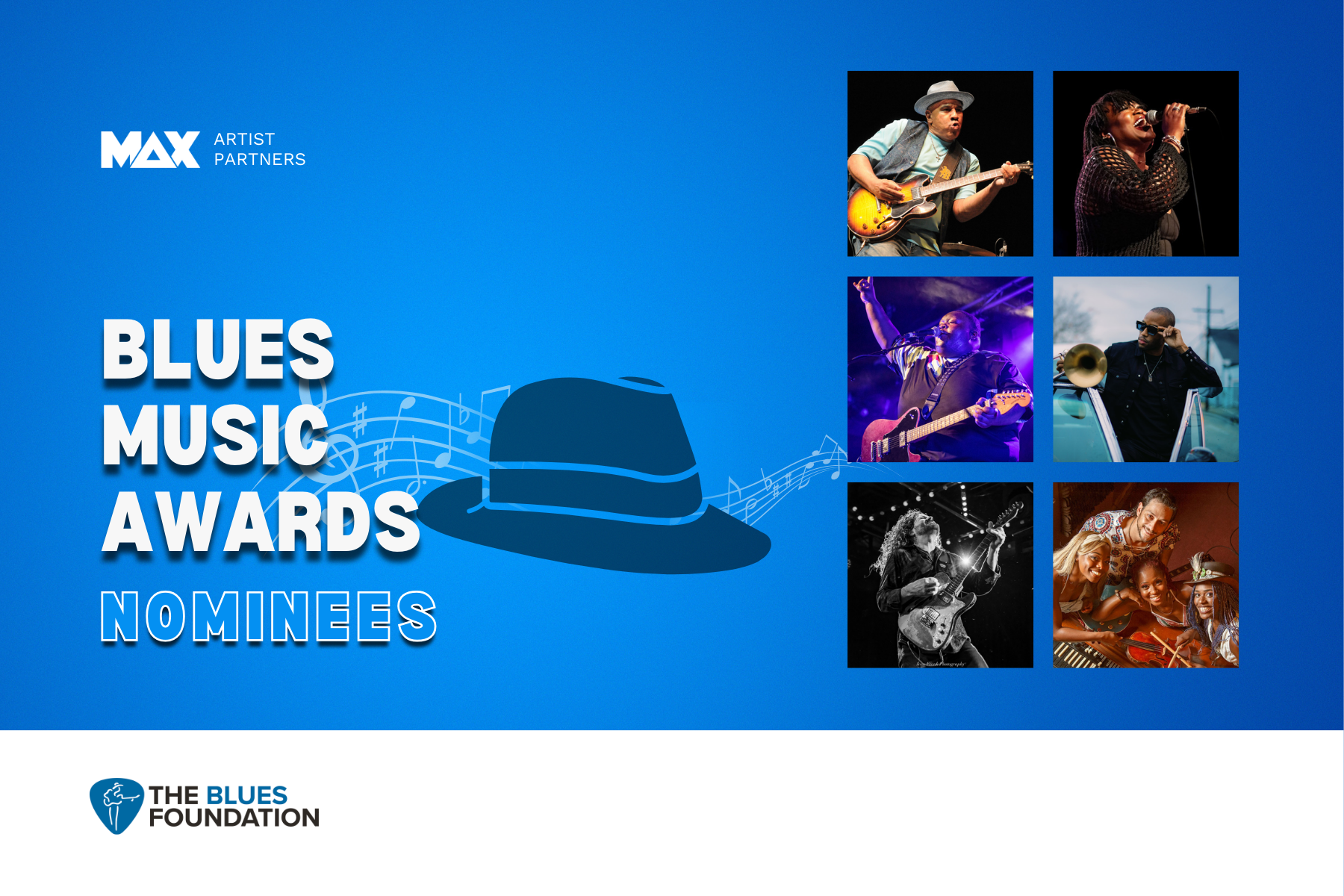
We’re fired up to celebrate our incredible artist partners who are nominated for the 2025 Blues Music Awards! 🎶🏆Blues music may be timeless, but...
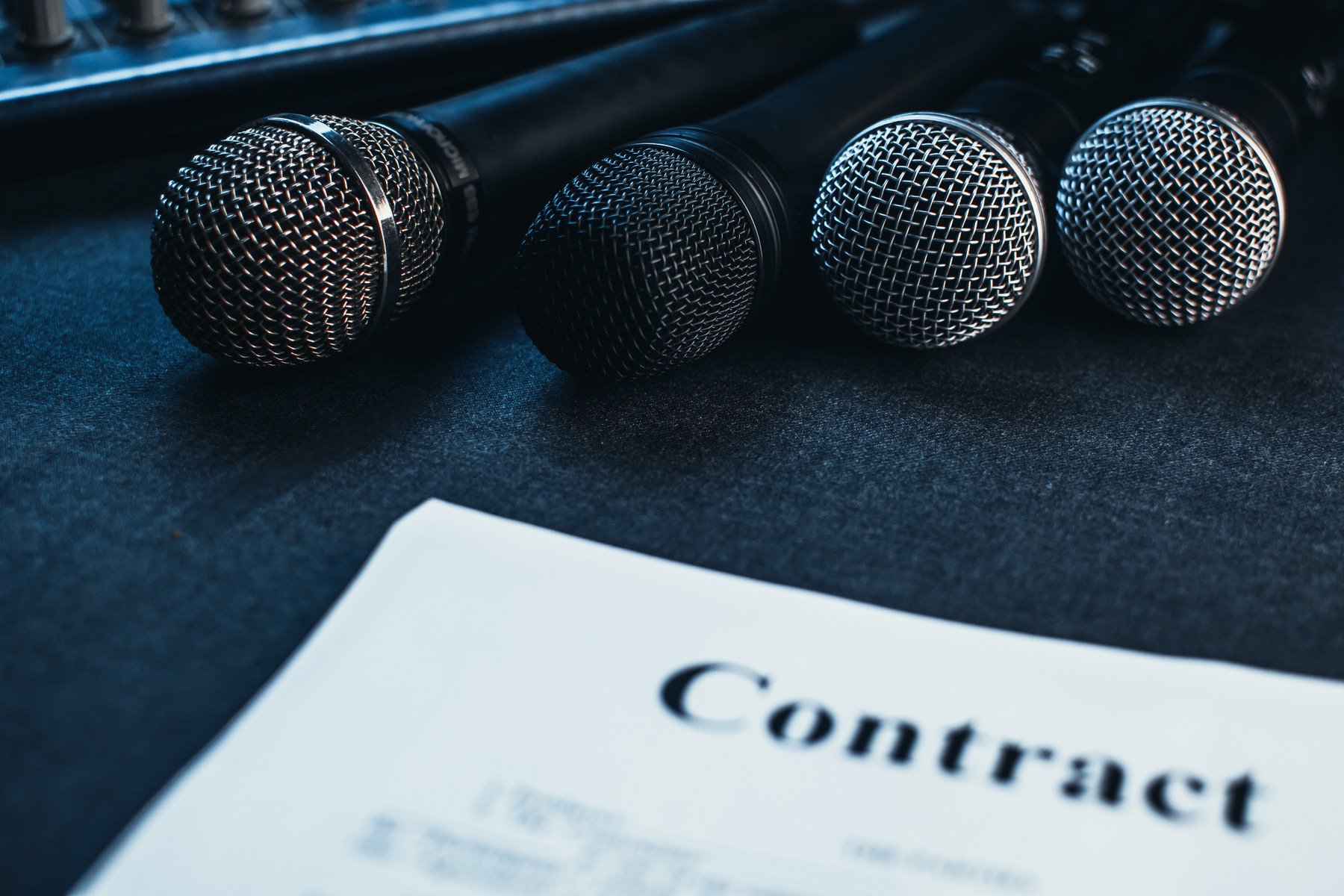
It’s a common question: what drives the cost of an artist partnership up (or down)? I mean, an artist’s fee can range from four to seven figures…and...
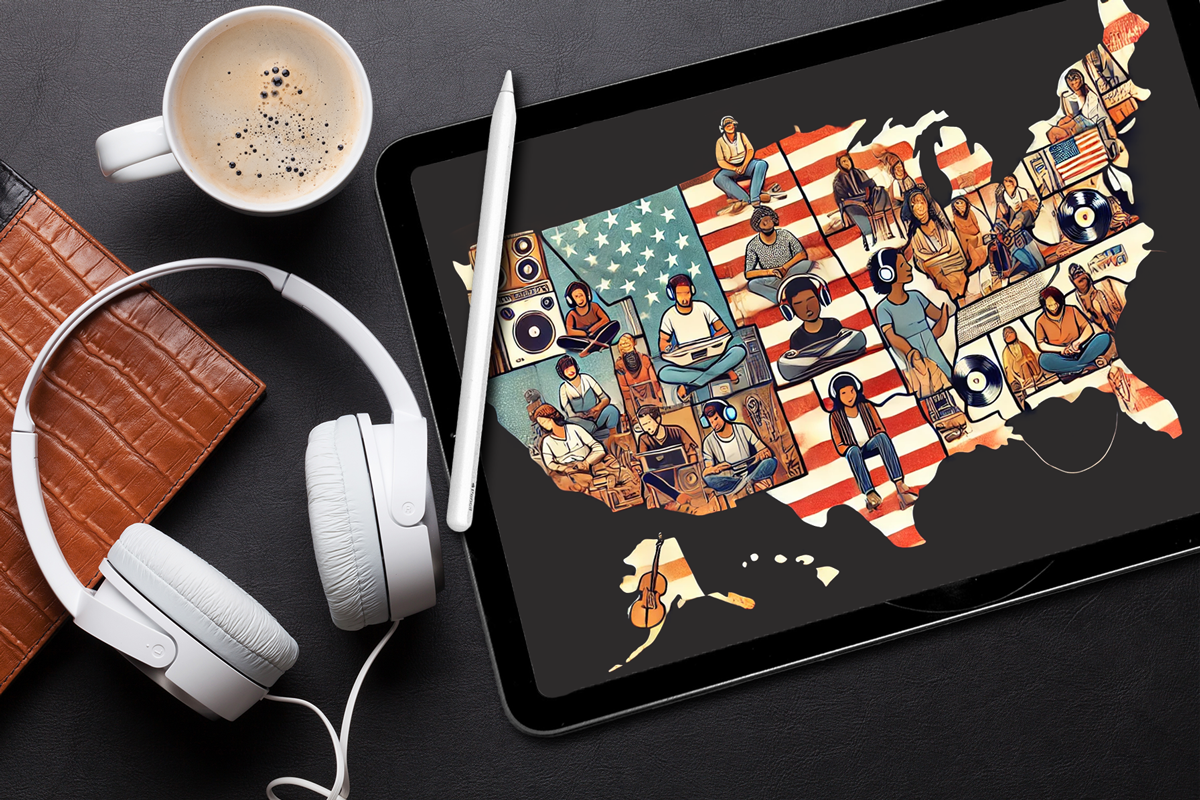
Let’s talk about something every brand needs to prioritize in 2025—relevance. You can have the best product, the most brilliant creative, or even a...
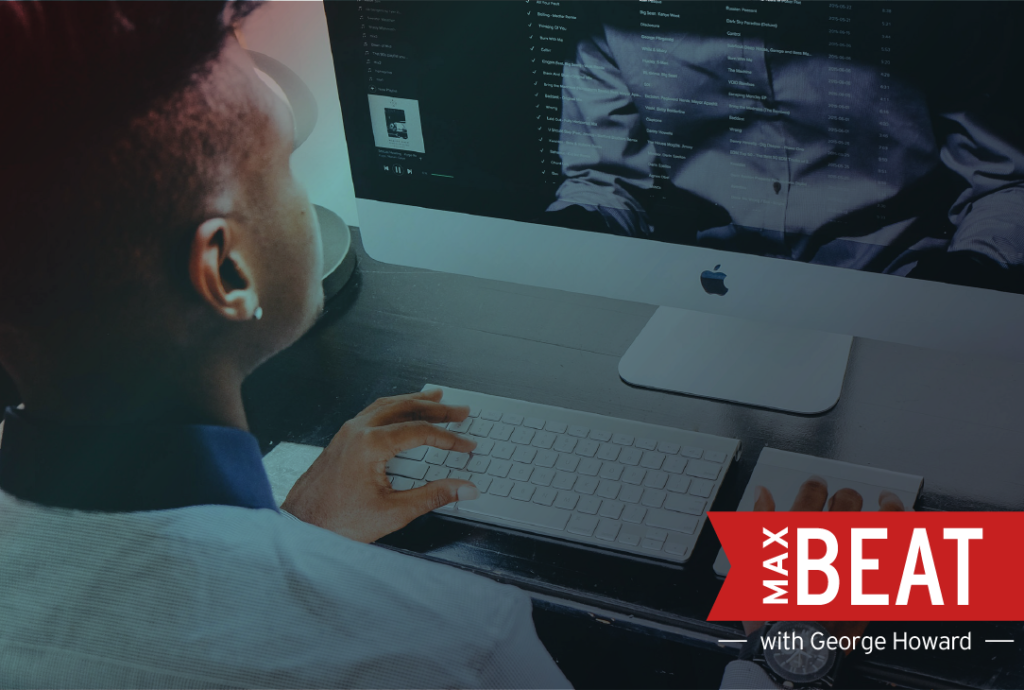
George Howard, Co-Founder and Head of Music at MAX, is an associate professor of music business and management at Berklee College of Music, a top...
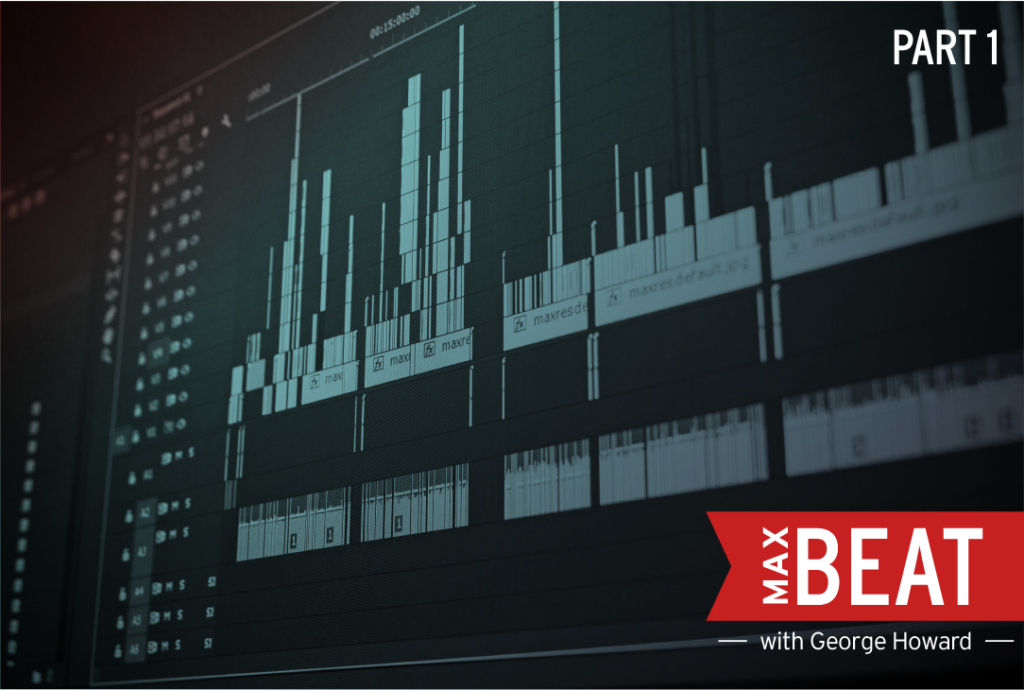
George Howard, Co-Founder and Head of Music at MAX, is an associate professor of music business and management at Berklee College of Music, a top...
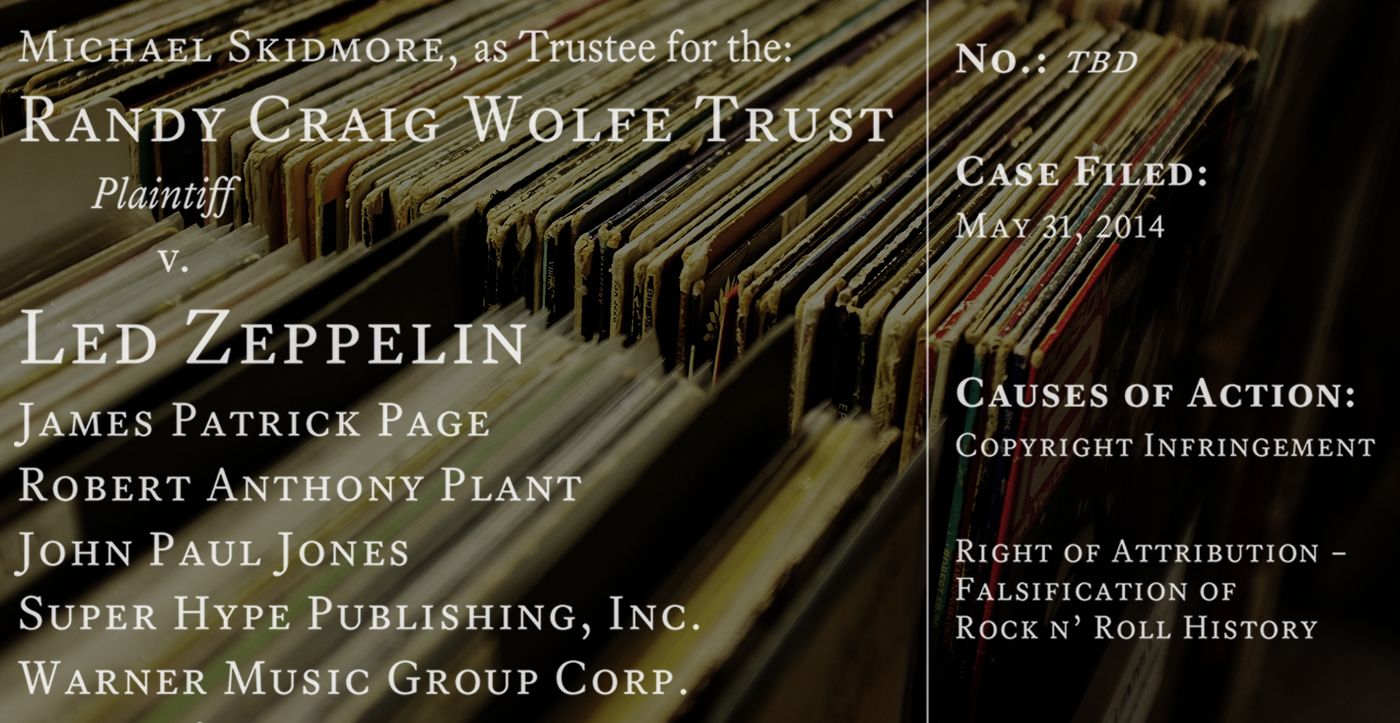
What You Need to Know to Protect Yourself This is the second article in an ongoing educational series on the MAX Blog. Read the first article, “PROs:...